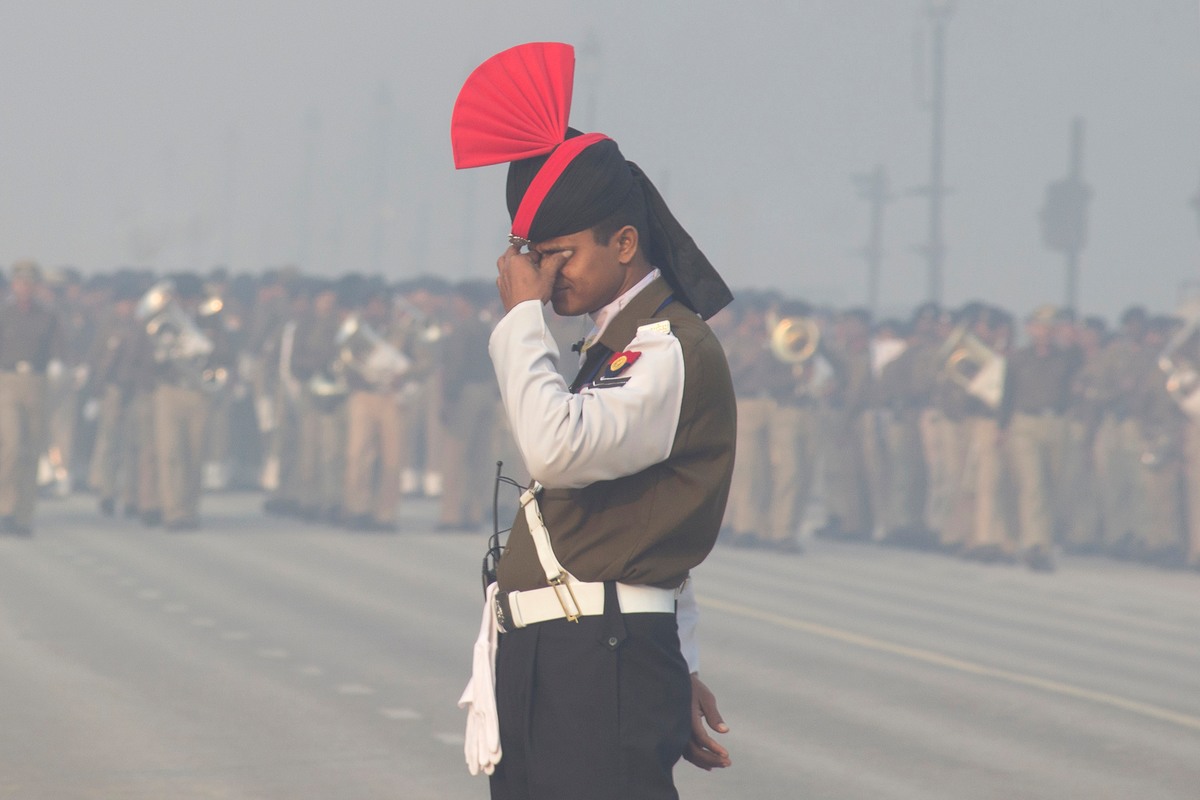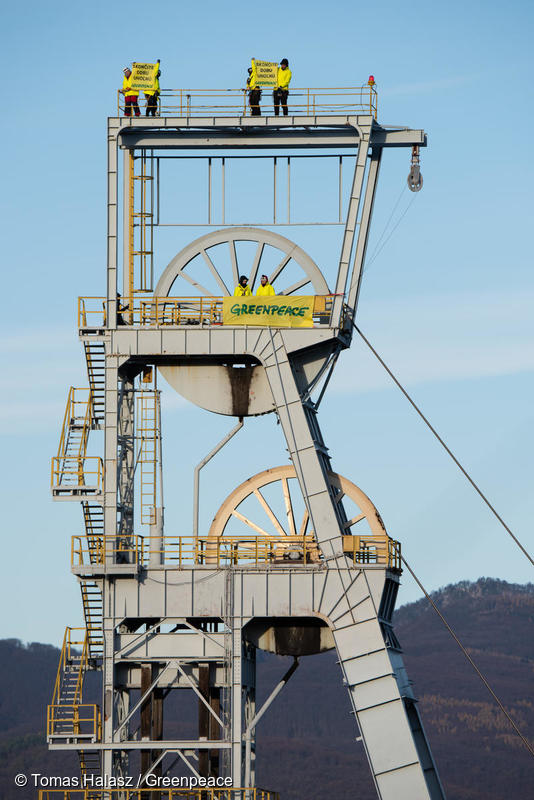Air pollution is a global health and environmental crisis affecting everyone one of us – every living species which breathes air. So, is it really a day to celebrate? Make June 5 the day you demand your right to breathe clean, healthy air. Demand access to clean energy and a greener environment to live in.
We frequently cannot see the pollution in the air, but its impact on people’s health is visible and cannot be ignored any longer. If the pollution in the air was visible, the world wouldn’t be as pretty. Scroll down to experience the journey of coal energy from a thousand feet below the Earth’s surface to lighting up our homes, but choking our lives.

Aerial
view of the open-pit coal mine near the Hambach Forest where volunteers
and activists are peacefully protesting in tree houses against RWE´s
planned clearing of the ancient forest. © Greenpeace

An
image taken from a drone shows Kerta Buana village surrounded by a coal
mine owned by Banpu Public Company Ltd group in Kutai Kartanegara, East
Kalimantan. Greenpeace released an investigative report that shows how
coal mining activities in East Kalimantan are destroying landscapes and
polluting the water in the surrounding areas. © Greenpeace

Yulin,
located in Shenfu coalfield, together with Ordos and Shuozhou (Shanxi),
is called the “Golden Triangle of Coal” in China. © Nian Shan /
Greenpeace

The
heavy traffic on the Ratchaprarop road. The transport sector is one of
the leading causes of air pollution in the country. Today’s air
pollution index in Bangkok reached “unhealthy” and “very unhealthy”
levels which warn people with respiratory diseases to avoid prolonged
outdoor exposure. © Chanklang Kanthong

For
the past few months, Bangkok has been experiencing a smog crisis with
very unhealthy pollution levels reaching a ‘code red’ in some days.
Vehicles emissions, industrial fumes along with agricultural open burning in the region mixed with a high-pressure air system facilitated the build-up of fine particles smog.
From January 29th 2019, the Thai authorities have issued an unprecedented order to shut 437 schools in Bangkok due to the dangerous level of fine particles (including PM2.5) in the air. © Arnaud Vittet / Greenpeace
Vehicles emissions, industrial fumes along with agricultural open burning in the region mixed with a high-pressure air system facilitated the build-up of fine particles smog.
From January 29th 2019, the Thai authorities have issued an unprecedented order to shut 437 schools in Bangkok due to the dangerous level of fine particles (including PM2.5) in the air. © Arnaud Vittet / Greenpeace

Selma
Kılıç is one of the dozens mothers struggling to raise her daughter who
is a asthma patient and cannot breathe outside due to the dirty air.
She gets shuttled between home and hospital, avoiding exposure to the
outdoor polluted air.
The school and the hospital are next to the coal stockpile areas; the vicinity causes breathing problems to the people in Kocaeli. © Greenpeace
The school and the hospital are next to the coal stockpile areas; the vicinity causes breathing problems to the people in Kocaeli. © Greenpeace

A Guard Of Honor at the Republic Day parade rehearsals in Rajpath, New Delhi.
The National Air Quality Index can be a powerful tool if implemented correctly. Accurate information about the quality of air we are breathing is a crucial first step in the public campaign for clean air. © Subrata Biswas / Greenpeace
The National Air Quality Index can be a powerful tool if implemented correctly. Accurate information about the quality of air we are breathing is a crucial first step in the public campaign for clean air. © Subrata Biswas / Greenpeace

Greenpeace
activists have climbed the mining tower of Slovak coal company HNB in
Nováky, Slovakia. They protest against the continued mining and burning
of coal in Slovakia. © Billy MIQUEL / Greenpeace

No comments:
Post a Comment
Note: Only a member of this blog may post a comment.